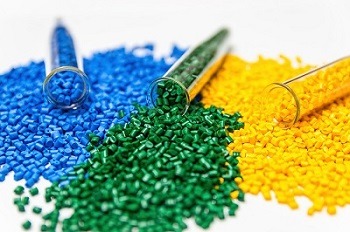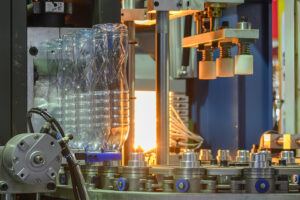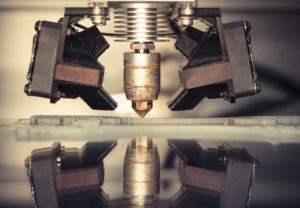When the average person thinks of plastics, what comes to mind first are often objects with bright and vivid colors. In reality, though, manufacturing colorful plastics is easier said than done. Creating custom plastic parts with the colors you want — and which remain consistent from batch to batch — requires a sound approach to coloration.
Some plastics undergo coloration prior to molding, while others receive their color in other ways. The right method depends on the part in question and its intended purpose. What goes into making plastics that have true-to-life color?
Choosing Materials Colored Before Molding
In some cases, it’s possible to select a raw plastic material that has been pre-colored according to industrial standards. When the mold operates correctly and undergoes the proper maintenance, you can achieve satisfactory results by relying on plastics colored straight out of the mold. However, there are some obvious limitations to this method. You must be satisfied with the color and texture of the plastic “as-is” from the molding process.
As a result, this method is suitable for basic-colored plastics. Other solutions, such as in-mold decoration, may yield better results based on the level of coloration you wish to achieve. This method can be problematic if the molds themselves are poorly operated or maintained. Excessively high temperatures, too much plastic in each injection and parts that remain in the mold for too long can all develop color defects, such as darkening and complete discoloration.
What is In-Mold Decoration?
In-mold decoration, also called IMD, refers to how molding technicians place a special plastic applique inside the mold prior to each injection run. The molten plastic chemically interacts with this applique during the cooling process and takes on the design, producing a part that exits the mold completely decorated and without any need for additional processing or painting.
While IMD offers excellent results, some trade-offs come with more expensive initial tooling costs, more advanced equipment, and more potential opportunities for failure. There are also other in-mold options, such as painting the interior of the mold, so it adheres to the plastic during cooling.
Post-Production Coloration Solutions
In some other cases, custom-molded plastic parts will need to undergo a post-mold processing to achieve their final colors. Some of these solutions include:
- Powder coating, which produces a chemically bonded colored surface through UV light application
- Silk screening, for complex designs
- Spray painting, using paints specially formulated for plastic adhesion
An experienced team that understands the challenges inherent in coloring plastics is essential for achieving vivid results.
Find Help Manufacturing the Right Parts Today Despite plastic’s reputation for colorful products, it’s easy to see that much more goes into making them than the typical consumer might imagine. At Reliant Plastics, we have a wealth of experience working with a wide range of plastic materials, including multiple coloration methods. To learn more about how to make custom plastic parts in color, contact us today.




